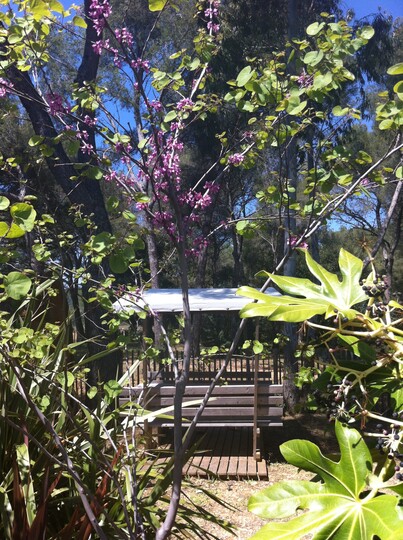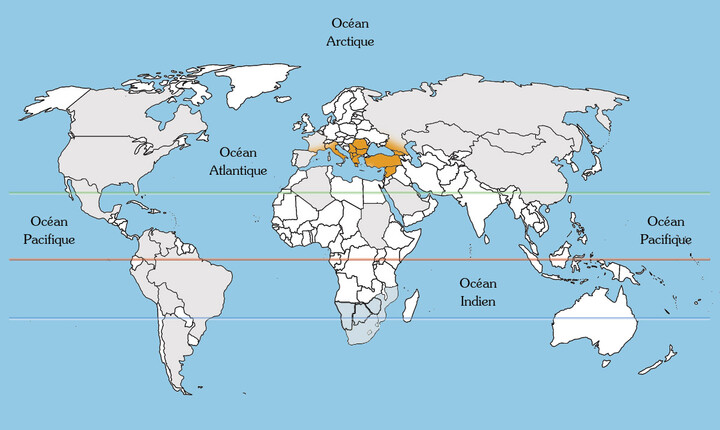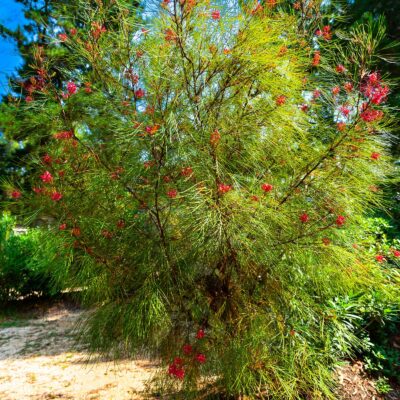Judas Tree
Presentation
The Judas tree is an ornamental tree, often found in Mediterranean gardens. Its trunk is gnarled and its bark changes from grey to black over time. Its pale green, matt leaves are round in shape. Similarly to its cousin, the Judas Tree Alba, or the cocoa tree for example, its flowers have the ability to spring directly from its branches or trunk rather than stems, as is the case for most plants.
Its fruit resembles a flattened pod and contains around ten seeds. It is much appreciated by the birds at our LPO Bird Protection League refuge, including the blue tit and great tit.
Sadly, the Judas tree is often affected by the Judas Tree psyllid (Cacopsylla pulchella). But fortunately, these bugs also have many enemies, including ladybird larvae, spiders and other insects that help control them.
The Judas Tree, with its spreading shape and bright pink flowers, is a very decorative garden tree.
Identity
| Latin name : | Cercis siliquastrum |
|---|---|
| Family : | fabacées |
| Genus : | Cercis |
| Species : | Siliquastrum |
| Color : | Pink |
| Origin : | Southern Europe and Western Asia |
| Foliage : | Deciduous |
| Port : | Spreading |
| Height : | 6 to 10 m |
| Flowering : | March-April |
| Location : | Coin des Copains® (Friends Corner) |
Did you know?
In Greece and Turkey, its buds, flowers and young fruit are eaten raw in salads. They are also preserved in vinegar or used to make fritters.




